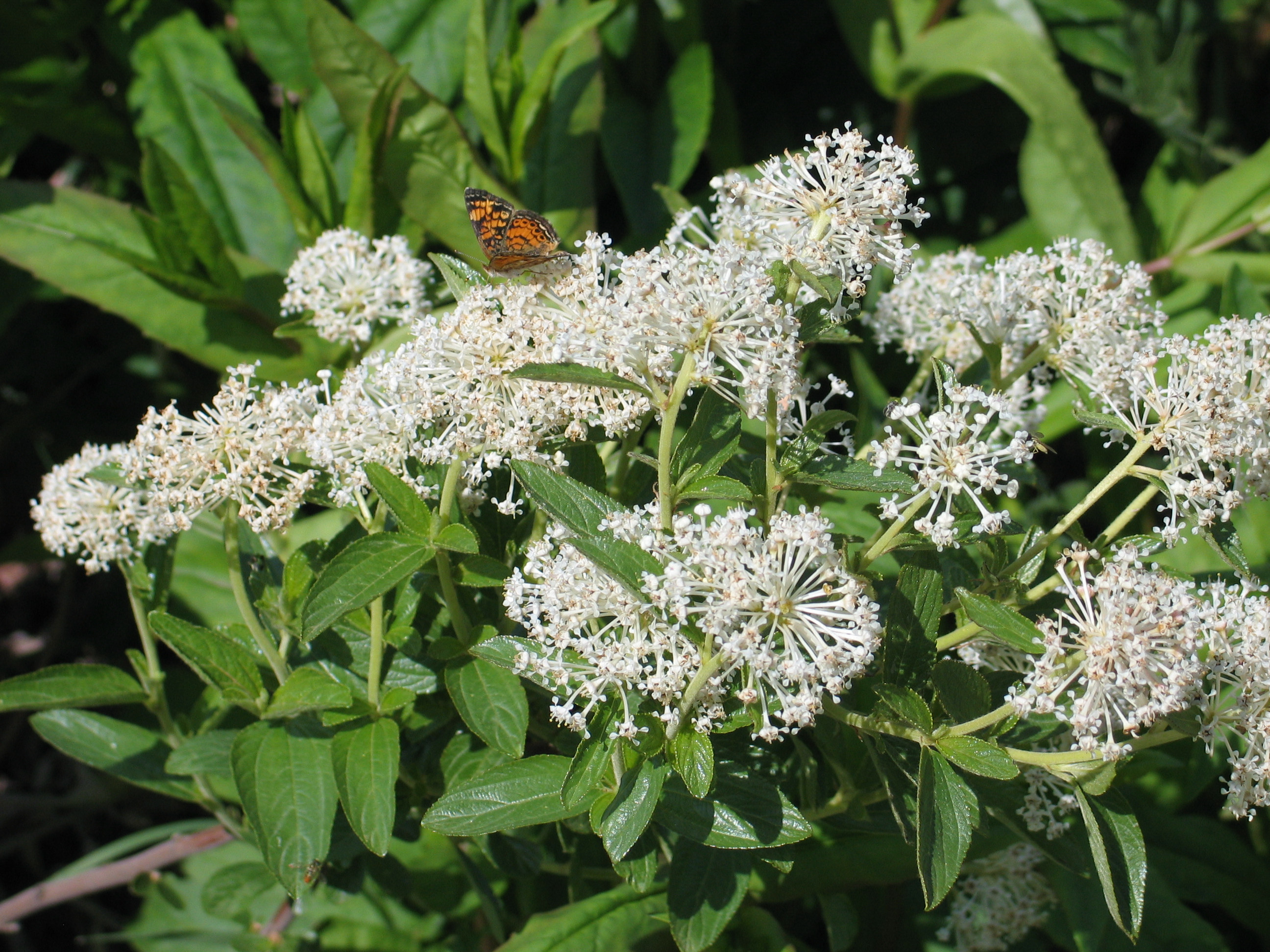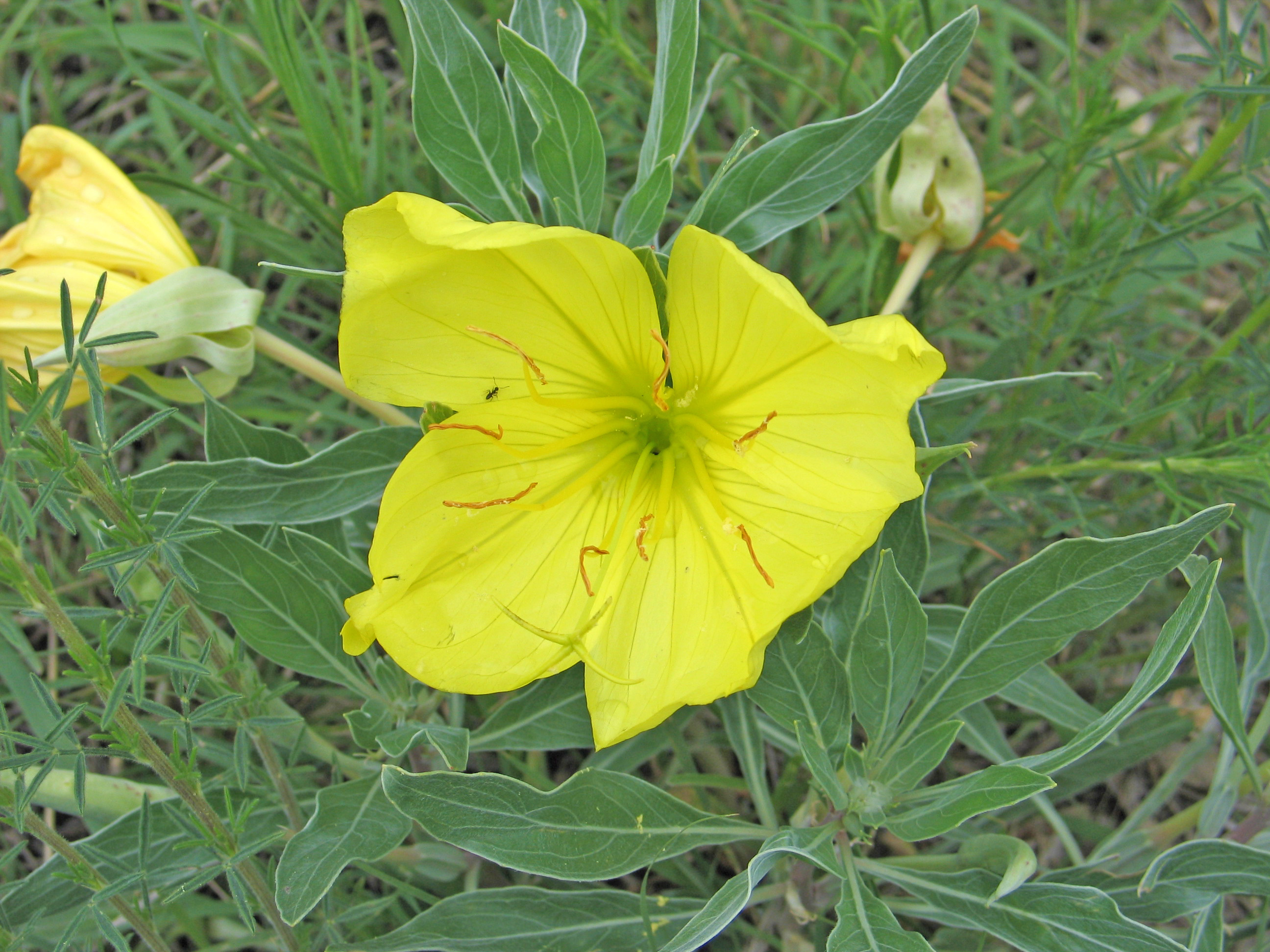I love prairie plants and I encourage people to use them in their landscapes. Native plants have so many excellent qualities. I see their benefits in the plantings we have throughout the Arboretum. They attract pollinators and other wildlife and they are beautiful in flower and form. Native plants have become all the rage now, and rightfully so. However, as their popularity continues to grow, some misunderstandings about them are being advanced.
Myth: Native plants are always drought-tolerant in the landscape.
Even I have touted this myth from time to time that native plants are always drought-tolerant, maybe even more drought-tolerant than similar exotic plants. Our expectation that these plants will naturally grow on their own and survive under any circumstances is not true. The reality is that there are a set of plants that are well-suited for our particular landscape.
What is true? Native plants can be drought-tolerant in the right conditions.
We know about the extensive root systems these plants develop and assume that means they will never need watering in our contrived landscapes. In their prairie homes, they are drought-tolerant. They are perfectly matched to the prairie habitat they prefer. They are content because all aspects they require to grow are being met, from soil, moisture and sun to even prairie companions.
What is false? All native plants will grow happily in your landscape.
Often, our landscapes cannot perfectly match the preferred environments of these native plants. Since they are not ideally situated, these plants will need some input from time to time to keep them happy and thriving. This is the reason the selection process becomes the most important step in developing your native landscape. It is vital that you match the right plant with the right place. Just because a plant is native doesn’t mean it will happily grow in your landscape, will tolerate drought or require little care once established.
Embrace the process of learning about individual plants.
This kind of plant knowledge can be hard to learn. I have mistreated my share of native plants trying to get them to fit into my box, my “planned” native garden. What I should have been doing was familiarizing myself with where these plants grow, learning about their native ecosystems and trying to match plants as closely as possible to their new home. Some of the best learning experiences I had came at the expense of losing a few plants. I quickly learned that not every native plant will be happy all of the time, especially if it is not properly situated.
I like to use the example of a Missouri Evening Primrose and a swamp milkweed. The primrose thrives in dry conditions while the swamp milkweed loves having its feet constantly wet. The primrose will not be happy growing next to the pond with the swamp milkweed, just as the swamp milkweed will not be happy growing next to the primrose on a dry windswept hill. Each is distinctly different, requiring unique conditions to prosper. If these native wildflowers are not ideally located in the landscape, environmental conditions will need to be constantly manipulated to keep them growing.
I love native plants and will continue to promote their use. Understanding this myth about native plants helps me be more selective in the plants I choose for my landscape. With more knowledge comes a better understanding of what these native plants need.
Just like the diversity of the prairie, there are a host of plants that will fit into almost any landscape environment, including your corner of the world. As you become more aware of plant types and match the right plant with your situation, you will be rewarded for your time and effort.
Interested in learning more about native plants and how to utilize them in your garden? The Arboretum will be offering landscaping classes this spring, one about landscaping for sunny areas and one for shady areas.





